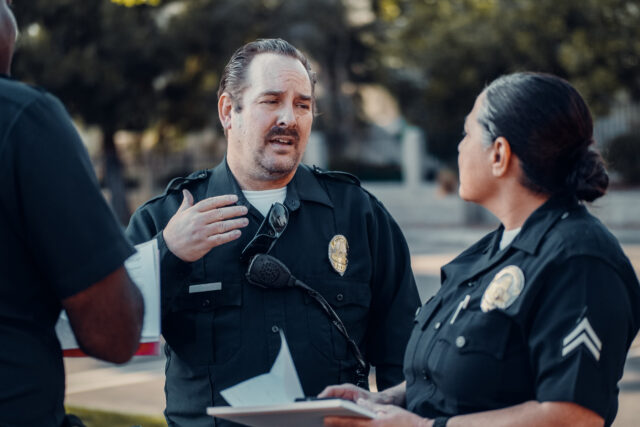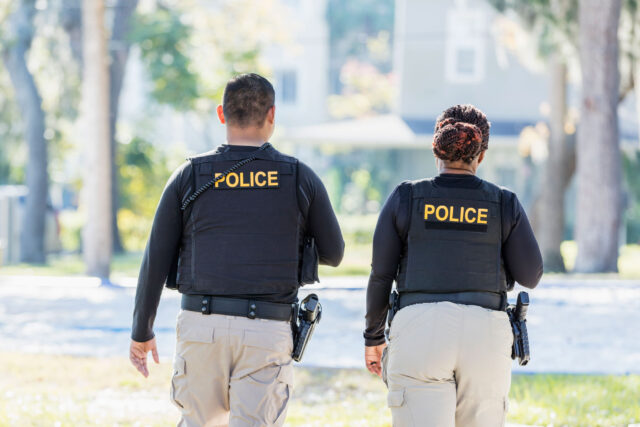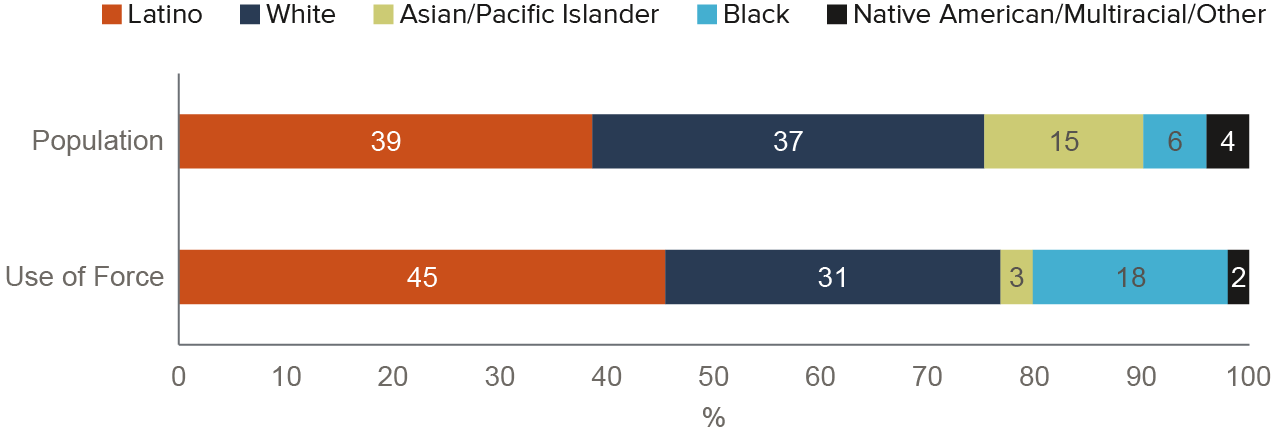State reforms have improved transparency in policing
Growing concern among policymakers and the public alike over civilian deaths—disproportionately of Black individuals—at the hands of law enforcement has created momentum for reform. In the last several years, state legislation has established detailed reporting requirements to document police encounters and use-of-force incidents. As California continues its efforts to improve police transparency and accountability, we examine what the existing data can—and cannot—tell us about these serious issues.
Given the inherent risks of working in law enforcement, officers are legally able to use force as needed to make an arrest, and protect themselves and others from harm. Most incidents involving use of force are not considered misconduct. Nevertheless, civilian fatalities and injuries—particularly of unarmed individuals—can damage the public’s trust in law enforcement.
- About 195 people die each year from interactions with California law enforcement. When compared with crowdsourced data, data from the California Department of Justice capture most of these fatalities, though vehicle-related deaths are one notable exception.
- Gunshots are by far the most common cause of death. Nearly 250 people are shot by police each year.
- Officers may respond to riskier environments with greater force. Encounters with armed individuals account for about 80 percent of incidents resulting in civilian deaths or gunshot wounds.
- Among incidents resulting in any kind of serious injury, more than half (56%) involve unarmed civilians. Moreover, 15 percent of these encounters occur during vehicle and pedestrian stops, often lower-risk interactions. Overall, fatalities of unarmed civilians in police encounters occur about half as often as fatalities of armed civilians.
- Behavioral health issues are prevalent. More than four in ten people treated for non-fatal gunshot wounds from a police encounter were diagnosed with a mental health condition, a drug- or alcohol-use disorder, or both. Methamphetamines are by far the most common drug used, and schizophrenia is the most common mental health condition recorded.
Police use of force disproportionately affects Black people
Public protests calling for police reform have often centered on racial inequities and the disparate impacts on Black communities in particular. The racial disparities are stark. Black Californians are three times more likely to be seriously injured, shot, or killed by police (comprising 18% of these incidents) relative to their share of the population (6%). Latinos are also overrepresented among police encounters that result in serious injuries or fatalities.
Our analysis of police stops further shows how persistent these disparities in police use of force are for Black Californians—adjusting for contextual factors, such as the reason for the stop and whether the civilian was armed, narrows but does not eliminate this gap. Latinos, Asians and Pacific Islanders, and Native Americans and multiracial Californians also see disparities in certain kinds of police use of force, such as when an officer uses a weapon.
Data on arrests shed light on police misconduct
Misconduct refers to any incident deemed outside of the officer code of conduct and may not involve the use of force at all (e.g., obstructing justice or engaging in other illegal acts). Current information on misconduct is limited, but a national database on arrested officers provides important insight.
About 80 California law enforcement officers are arrested each year, out of more than 78,000 officers. Assault is the most common reason for arrest, followed by driving under the influence, rape, and fondling. Nearly 40 percent of arrests are for alleged offenses that took place when the officer was on duty. Note that arrests do not capture the full range of misconduct cases.
Where do we go from here?
Improve existing data. The state should consider requiring that the new use-of-force data encompass all instances where an officer’s actions result in serious bodily injury or death, including car accidents or pursuits. Additionally, conducting routine audits—including comparisons with other available data resources—could help improve data quality.
Develop a public database on misconduct. As misconduct and decertification records become more available due to recent state legislation, existing data on officer arrests can serve as a framework for how to structure a detailed, de-identified public database on police misconduct. This would be an important step in the state’s efforts to improve transparency and accountability in policing.
Evaluate reforms. Studying how recent policy changes affect use of force, crime, and racial disparities can help the state develop effective solutions to reduce civilian fatalities and injuries, maintain public and officer safety, and address inequities. Some critical areas for study include training related to new deadly force standards, initiatives to reduce law enforcement involvement in traffic violations, and pilot programs that deploy social workers in incidents involving a mental health crisis.
Topics
Criminal JusticeLearn More

Law Enforcement Staffing in California

Arrests in California

Racial Disparities in Law Enforcement Stops

Racial Disparities in Traffic Stops

Black Californians Stand Out in Views of Police Treatment

Historic Law Aims to Improve Police Accountability and Transparency

New Law Raises Standards for Police Officers

Video: Policing in California

Who Do California’s Police Officers Stop – and Why?



